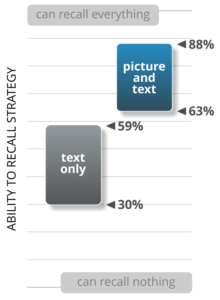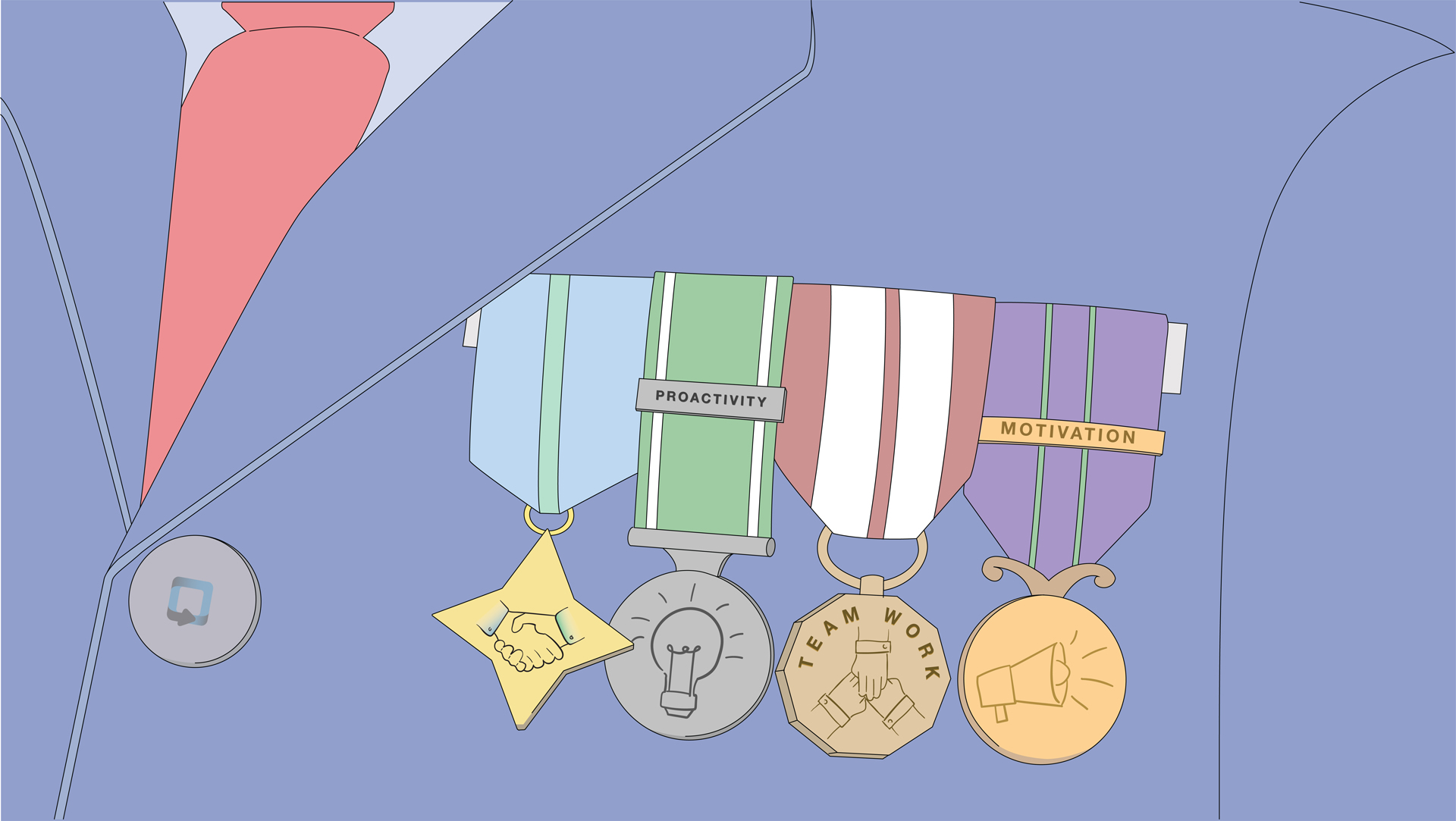Transformational Strategic Execution: Building Team Commitment
Transformational Strategic Execution
Transformational Strategic Execution (TSE) is a modern approach to addressing the problems often associated with operationalizing strategic plans and visions. It is separated in 4 facets of transformational management thinking;
- Presenting strategy as a picture for clear communication
- Building organizational commitment and readiness for change
- Embracing experimentation and transforming the enterprise to see strategy as an agile dynamic process
- Empowering people and teams to successfully execute the strategic plan
Visual Strategic Storytelling
 My last blog discussed the benefits of presenting strategy as picture and since then some important global research has been conducted in the publication “Multi-Media Communication of Strategy” (Academy of Management and Learning, 2019). It appears that when strategy is communicated primarily through text, an individual’s ability to recall, understand, and retell may be limited to 59% accuracy, at best. At worst as low as 30%! Organizations can’t afford to have half of their staff understand the company’s strategic vision or their role within it. The study found that when text was presented through imagery and other forms of interactive multimedia, the ability to recall was significantly higher, with the lowest level of recollection being above 60% and the maximum approaching 90%. I believe the ramifications of these findings are extremely significant for organizations who find themselves competing in ever-changing markets and facing a scarcity of resources.
My last blog discussed the benefits of presenting strategy as picture and since then some important global research has been conducted in the publication “Multi-Media Communication of Strategy” (Academy of Management and Learning, 2019). It appears that when strategy is communicated primarily through text, an individual’s ability to recall, understand, and retell may be limited to 59% accuracy, at best. At worst as low as 30%! Organizations can’t afford to have half of their staff understand the company’s strategic vision or their role within it. The study found that when text was presented through imagery and other forms of interactive multimedia, the ability to recall was significantly higher, with the lowest level of recollection being above 60% and the maximum approaching 90%. I believe the ramifications of these findings are extremely significant for organizations who find themselves competing in ever-changing markets and facing a scarcity of resources.
Creating Change Oriented Mindset
We need to leverage this visual approach of strategic storytelling to prepare our teams to be ready to embrace constant change, and build team commitment focused on the delivery of a unified strategic vision. But how does a manager create a change-oriented mindset throughout their team?
This is done through the application of the Resource Based View (RBV) theory of Human Resource Management (HRM), and implementing an approach of high-involvement management. These ideas help us develop a framework for how team members are treated. The chosen HRM practices used by management can have a significant effect on the attitudes and behavior of people and teams. To cope successfully with a period of change, three characteristics are of primary importance:
- Proactivity | having the ability to anticipate future events (being change orientated)
- Motivation | bringing energy and liveliness to our work and output
- Teamwork | maximizing all opportunities to encourage interpersonal collaboration
When implementing change, it is important to focus on practices that result in active rather than passive behavior. Practices involving the creation of job autonomy, participation in decision making, and teamwork are all positively related to proactivity (Journal of Organizational Change Management, 2015).
The Role of Strategic Execution
StrategyBlocks provides an important platform for building team commitment and creating an environment for proactive change. It seeks to:
- Motivate people through the media of visual strategic storytelling and improve recollection
- Share a picture of future goals and communicate a strategic roadmap
- Recognize a person’s individual expertise and award them the right to make agile decisions
- Create an environment for proactive teamwork
Next month I will look at the next facet of Transformational Strategic Execution, empowering people.




Leave A Comment